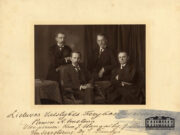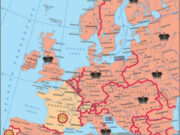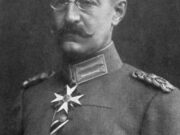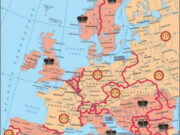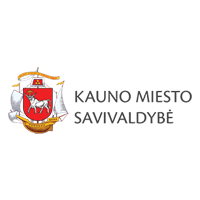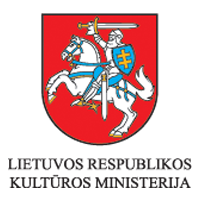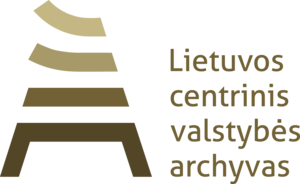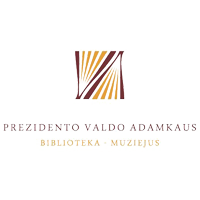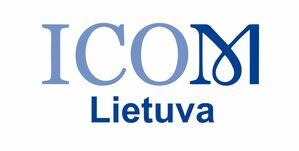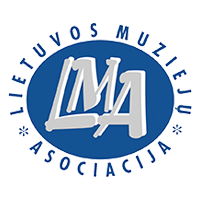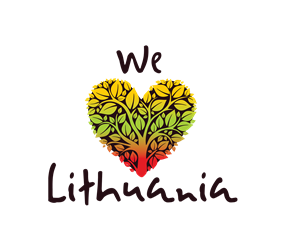World War I rocked the world; many great monarchies fell. The map of Europe underwent serious changes. Finally, Lithuania reappeared on this map. More than an age absent from the international arena Lithuanian had to recreate itself anew. The State builders’ eyes turned to the distant past: their imagination was captured by honorable sovereigns, by the great past of the Kingdom of Lithuania or the Great Duchy of Lithuania. No wonder that there was an instant urge to look for a proper candidate to take the throne of Lithuania right after the signing of Independence Act on February 16, 1918. The monarch was in demand, despite the fact that the form of government of the State was still to be determined by the democratically elected Constituent Seimas. Some politicians were too sentimental and romantic about the evolution of the State. Some were rather pragmatic: they expected an immediate international recognition of the State if it walked in to the world with royal regalia. That is why for three months (July 11–November 2, 1918) Lithuania had at least a nominal King. The title of Mindaugas II, the King of Lithuania, was granted to Wilhelm von Urach, a duke from Württemberg.
Nevertheless, the scheme to create a constitutional monarchy did not work out. Some politicians opposed this idea very soundly: the shine of monarchy faded immensely after World War I; the Republic was gaining favor very quickly. The dispute went on until the Constituent Seimas had its final say. Until that Lithuania was represented by the Lithuanian Council (Lithuanian State Council from July 11, 1918) and its Triumvirate – Chairman of the State Council and two Vice-chairmen. Very soon it was clear that this form of government is ineffective: decision-taking procedures were too slow for such difficult postwar times. In addition, the young State suffered a serious loss. Its capital Vilnius was occupied by Bolsheviks. The Government was forced to move to Kaunas on January of 1919. The struggle for territorial integrity became the major preoccupation of the State. These circumstances strengthened the need for a one-man Presidential institution. The Provisional Constitution was amended; and Antanas Smetona (former Chairman of the State Council) was elected the first President of the Lithuanian State on April 4, 1919. It was the first time that Lithuanian general public encountered the word President, which from Latin means one who ‘sits before’.

